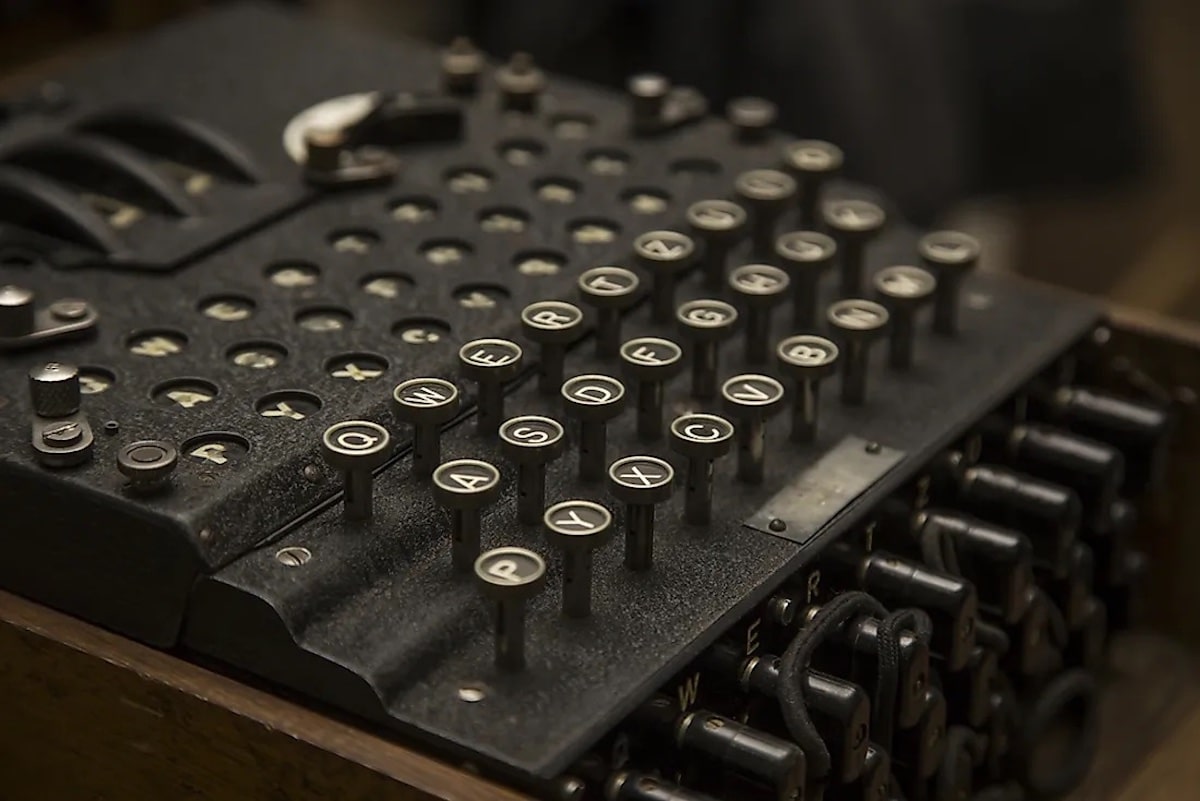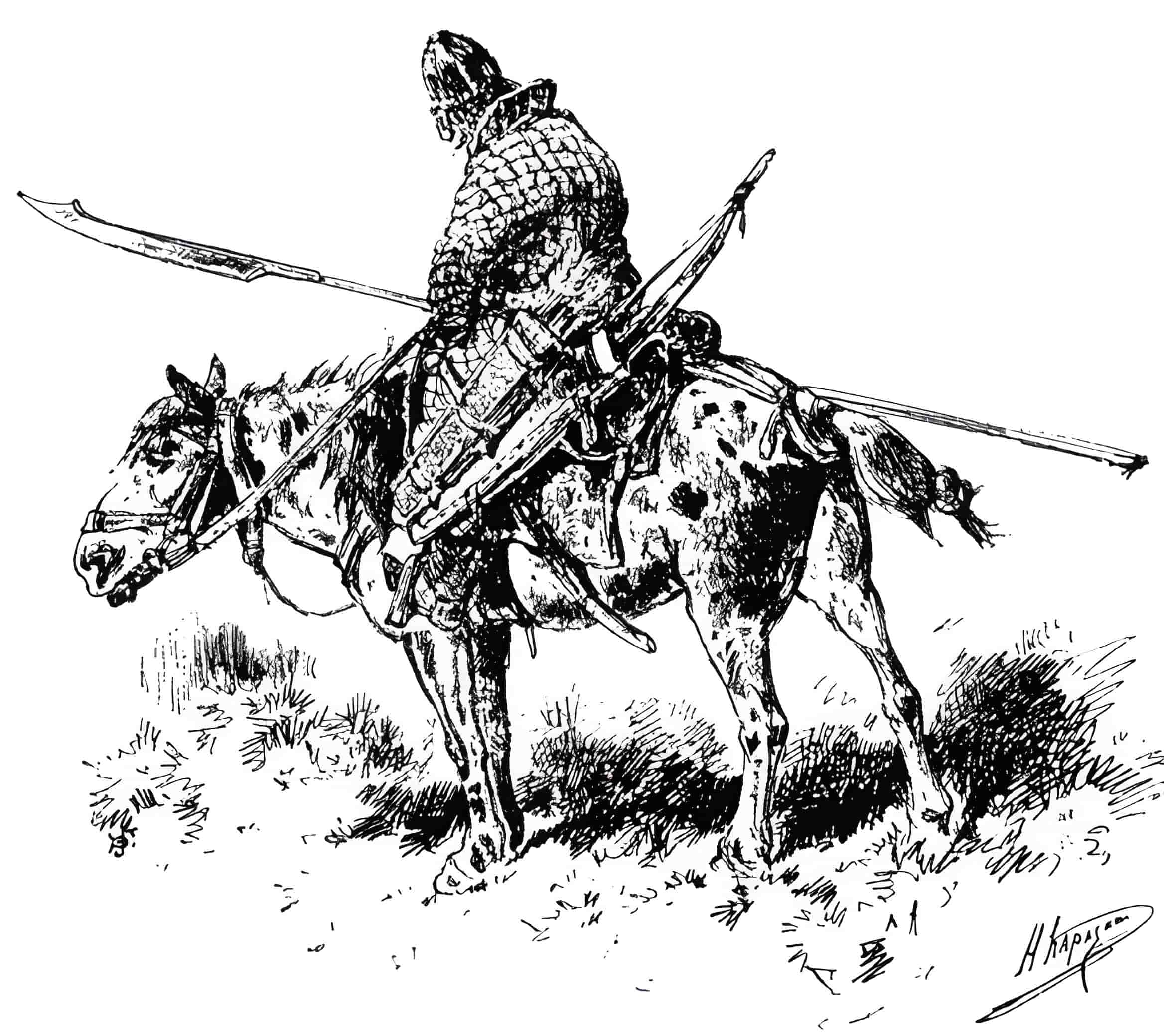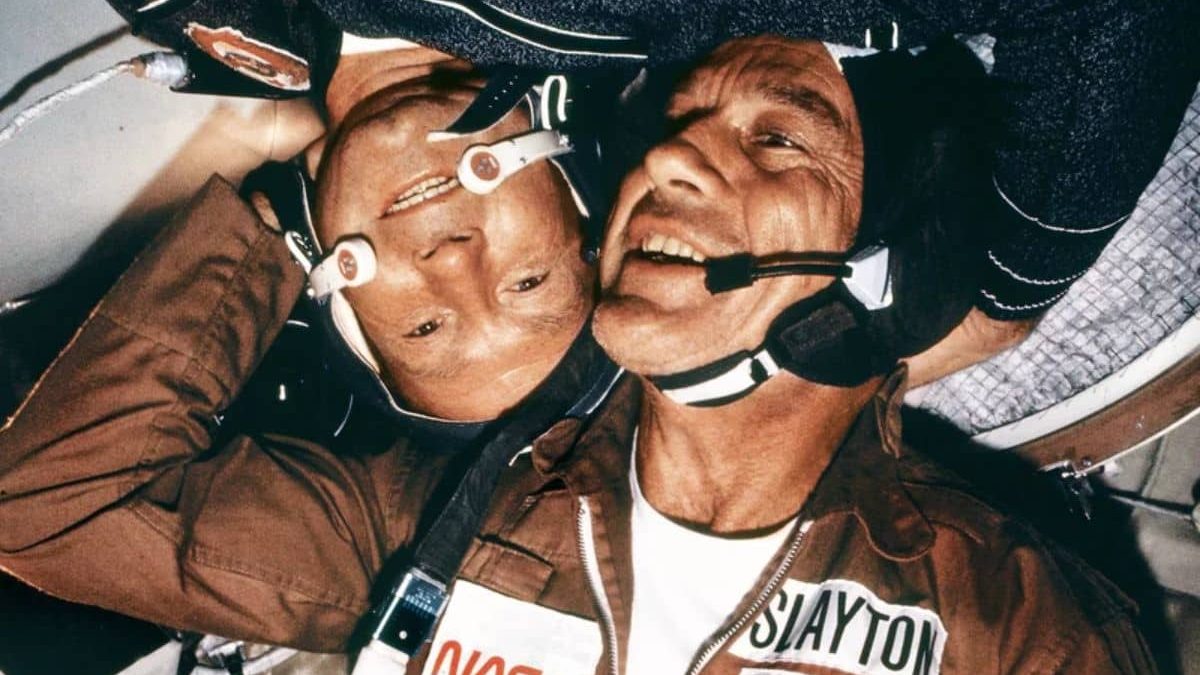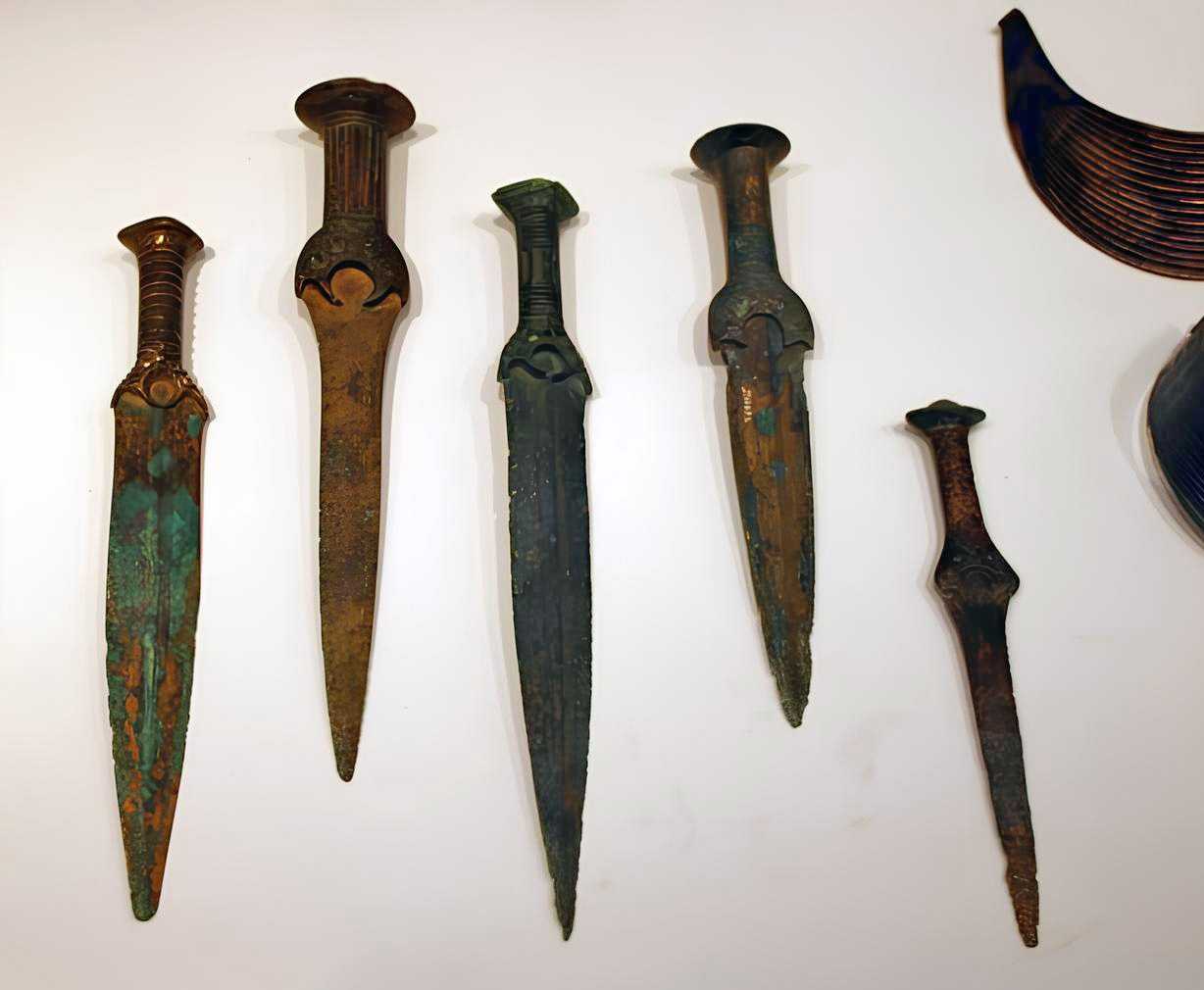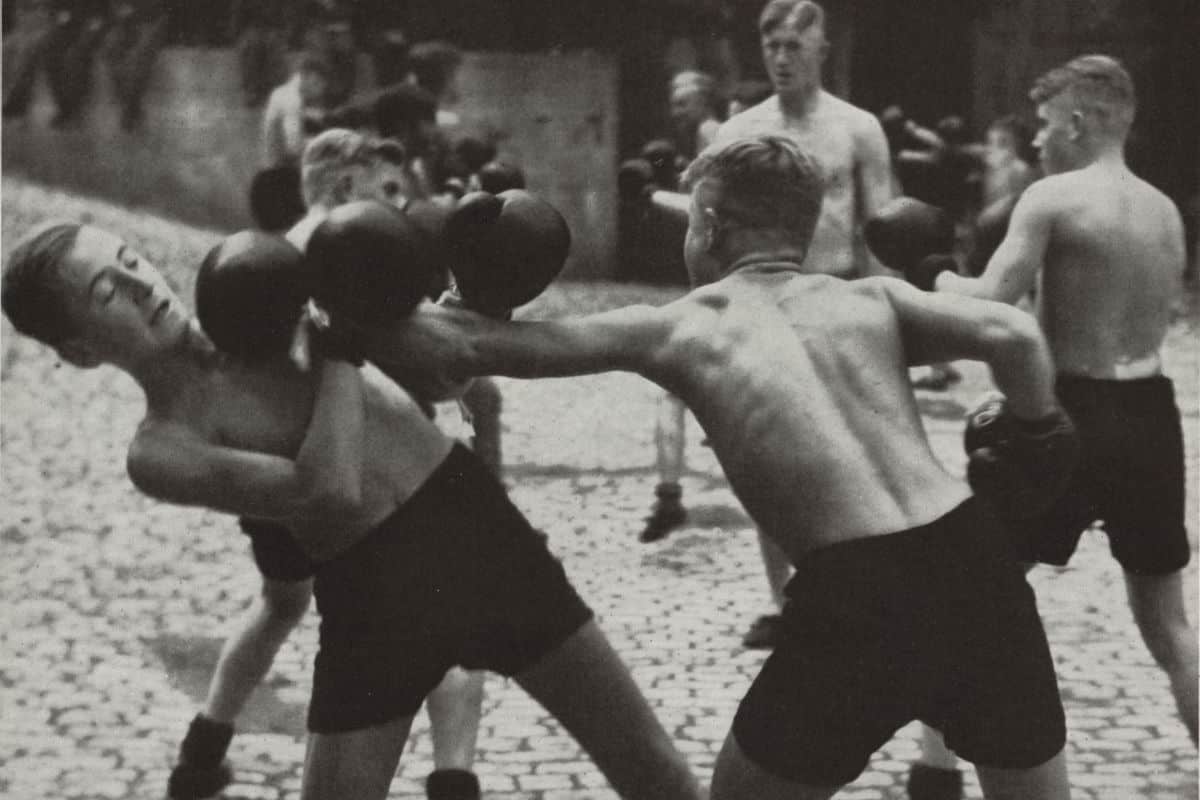Controlling machines via the study of cybernetics is one of the most important scientific discoveries of the twentieth century. Not only because it gave rise to the ubiquitous neologism “cyber,” which means “computer.” Instead, cybernetics is still influential in how we think about machines and technology today. However, initially, there were a variety of unconventional approaches, somewhere between the technological and the animalistic.

The history of the field of cybernetics may be traced back to the era of World War II. In order to better defend themselves against German aerial assaults, the Allies sought new and innovative methods of doing so. Ballistic calculations could determine where a projectile was going, but it was still very difficult to pinpoint the precise location of the target. This was especially true when the target was a moving airplane, the height, and speed of which may change at any moment.
In 1940, President Franklin D. Roosevelt’s administration in the United States established the National Defense Research Committee, which later evolved into the Office of Scientific Research and Development (OSRD). There was a government agency that supported studies on military issues. The issue of inaccurate air defense was literally given its own department. At that point in 1945, it had already supported 80 initiatives in this field. And there was a four-page project proposed by mathematician Norbert Wiener (1894–1964).
The goal of the postwar era was to establish cybernetics as a scientific discipline. However, there was a competing suggestion that needed to be taken into account.
The pigeon notion dates back to before cybernetics
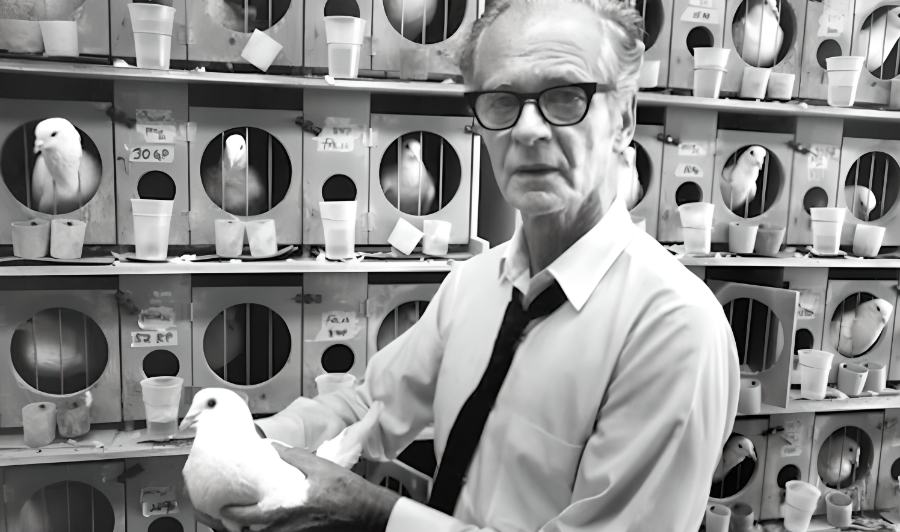
Simultaneously, another well-known scientist tackled an issue with comparable implications. It was psychologist Burrhus Frederic Skinner, or B. F. Skinner (1904–1990), who worked on the rocket control system. His system was proto-cybernetic, rather than computer-based or mechanical control technology, and pigeons played a significant part in this.
The term “radical behaviorism” is often attributed to B. F. Skinner. He was curious about how organisms respond to the obvious environmental factors that affect their behavior. But this time he didn’t give any consideration to the mental or spiritual aspects since they were not relevant to his study.
One of his most influential research methodologies, “operant conditioning,” was included in his suggested solution for a novel rocket control system. By using the Skinner box, an apparatus designed for use in the laboratory, he demonstrated that operant behavior—that is, an activity that occurs independently of any conditioning—could be rewarded. The theory behind it is that when an experimental animal is rewarded for a certain action, it will continue to engage in that activity.
Pigeons as rocket pilots
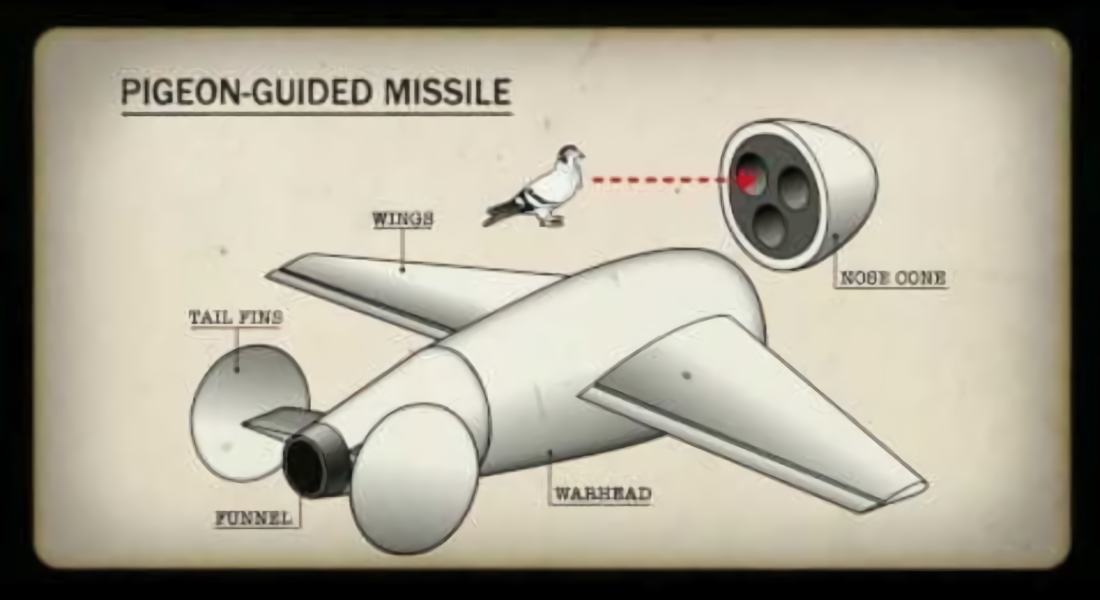
Because of this, Skinner believed that the actions of all living things could be predicted and manipulated. He planned to use this knowledge for missile command in the future. He posited that if conditioned pigeons were placed in the rocket’s control room, things might go more smoothly. After all, the projectiles’ trajectories and courses need to be continually monitored and altered. Skinner thought pigeons were capable of doing this. Control systems were not feasible at the turn of the 1940s for many technological reasons.
The Aggregat 4 rocket, also known as the V2 rocket, was first fired by Nazi Germany in World War II in 1944. It had cutting-edge navigation technology that could automatically keep the flying object on track. It was an early example of a guided missile. The U.S. Office of Strategic Research and Development (OSRD) worked tirelessly to improve the country’s inadequate air defenses.

Originally titled “Project Pigeon,” Skinner changed his concept to “Project Orcon” (from “Organic Control”). The capsule at the rocket’s tip was designed to hold up to three pigeons. Each pigeon sees the target displayed on a sensor-equipped screen in front of it. To control the rocket, the birds were trained to peck at a certain spot on a screen. If the missile swerved off course, the target would move out of the center of the screen, the pigeons would continue to follow it, and the sensors would pick up on the changes in trajectory and correct them.
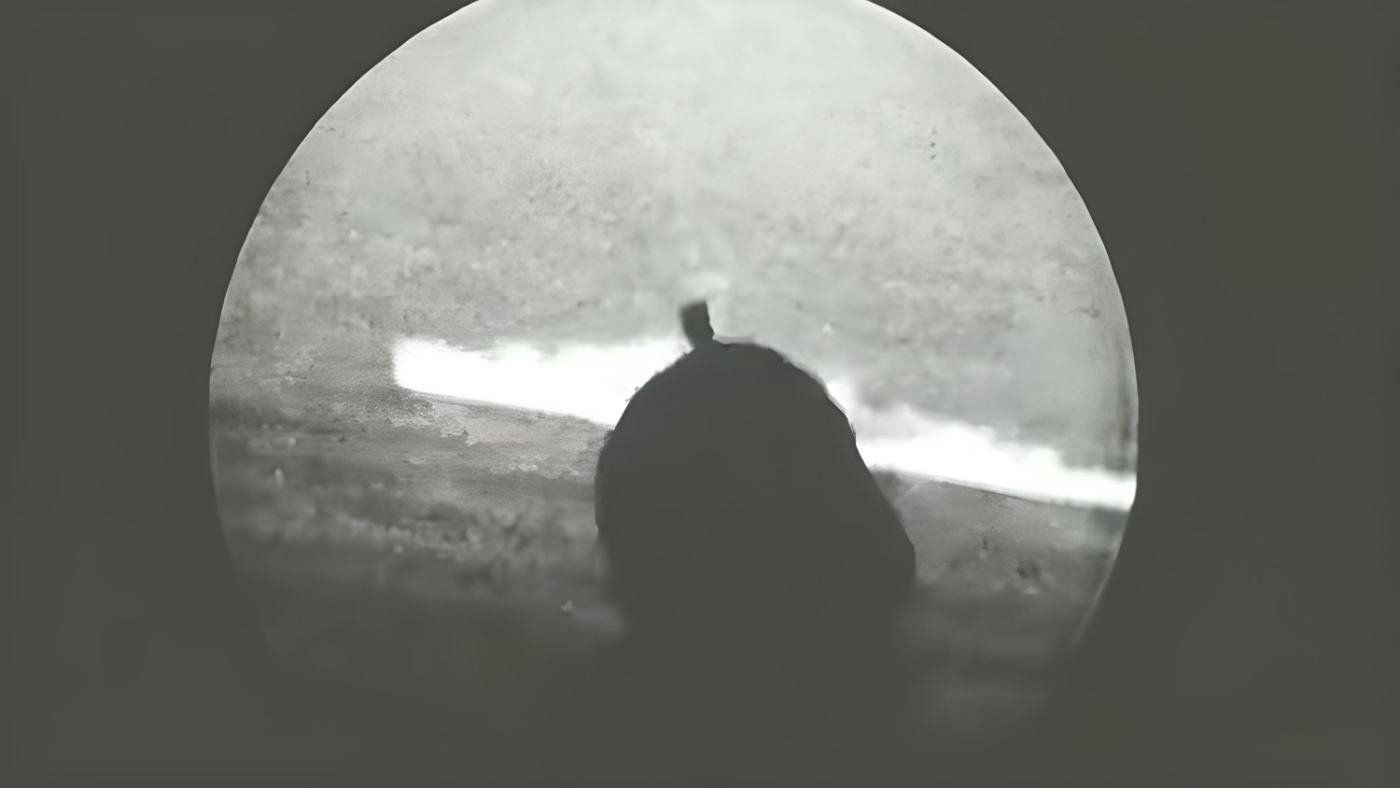
Therefore, Norbert Wiener wasn’t the only one who obtained funding from the OSRD; Skinner also received $25,000 ($423,000 today). However, in October 1944, the OSRD decided that a more technological solution would be preferable to using pigeons to control rockets, and the project was canceled. However, Skinner’s theory was not entirely abandoned. U.S. naval officials gave it another look in 1948, this time dubbing it “Project Orcon.” The military gave up on the pigeon strategy in 1953.
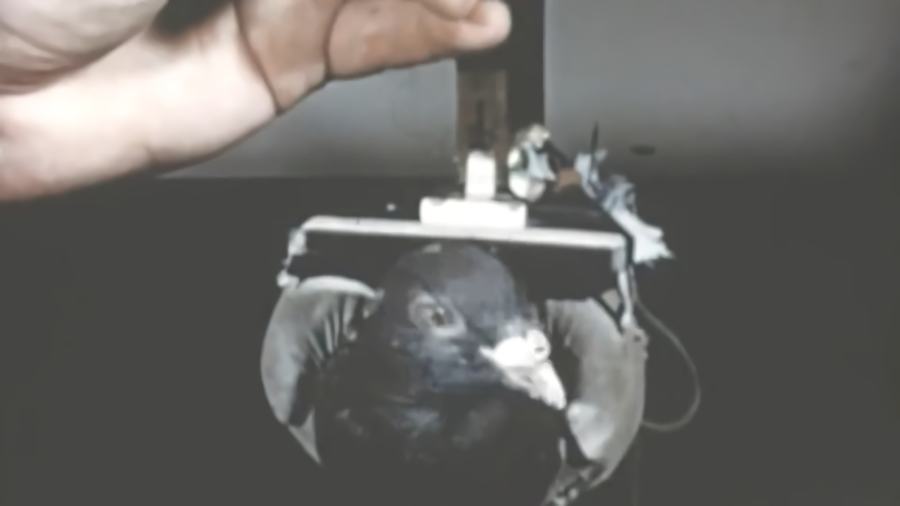
Skinner’s theory was never put to the test or used in battle. However, his other efforts had a much greater impact on science and psychology. His studies provided the foundation for behavior treatment, for instance.







